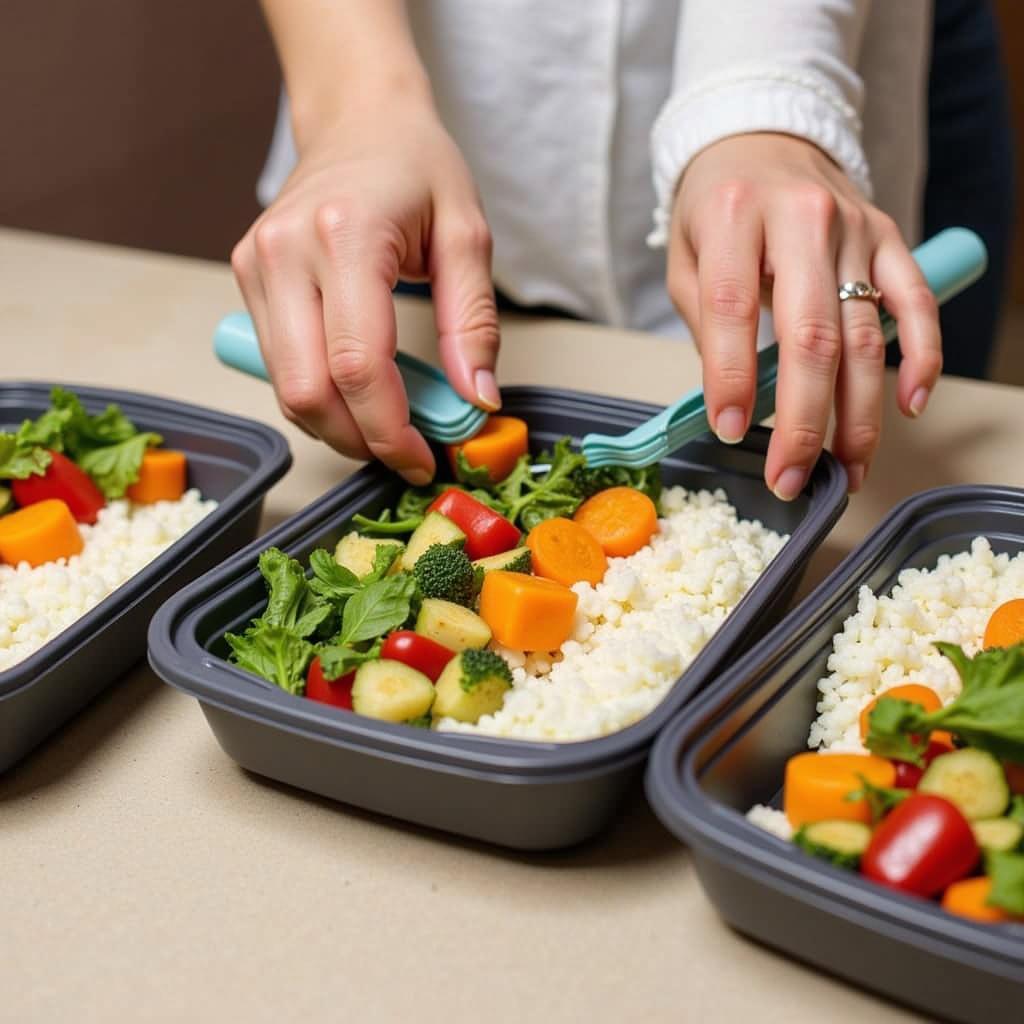For those of you struggling with Irritable Bowel Syndrome (IBS), you know that finding the right foods to nourish your body without triggering digestive distress can feel like navigating a minefield. Enter the low FODMAP diet, a scientifically-backed approach that identifies and minimizes the consumption of certain types of carbohydrates (FODMAPs) known to aggravate IBS symptoms. While the concept may seem daunting at first, embracing whole foods can be your secret weapon to thriving on a low FODMAP journey.
 Woman shopping for fresh produce at a farmers market
Woman shopping for fresh produce at a farmers market
Understanding FODMAPs and Their Impact
FODMAPs are a group of short-chain carbohydrates that are poorly absorbed in the small intestine. When these FODMAPs reach the large intestine, they are fermented by bacteria, leading to gas production, bloating, abdominal pain, diarrhea, and constipation, symptoms all too familiar for those with IBS. While processed foods often contain hidden FODMAPs, whole foods offer a naturally lower FODMAP approach to eating.
Why Choose Whole Foods for a Low FODMAP Lifestyle?
Whole foods are naturally lower in FODMAPs compared to processed counterparts. By focusing on fresh fruits, vegetables, lean proteins, and gluten-free grains, you’re providing your body with essential nutrients while minimizing the likelihood of digestive discomfort. Additionally, whole foods are packed with fiber, which can help regulate digestion and promote a healthy gut microbiome.
Low FODMAP Whole Food Superstars
Ready to stock your kitchen with gut-friendly goodness? Here’s a glimpse into some low FODMAP whole food superstars:
- Fruits: Enjoy berries (strawberries, blueberries, raspberries), grapes, oranges, kiwi, and pineapple in moderation.
- Vegetables: Load up on spinach, kale, carrots, cucumbers, eggplant, green beans, and bell peppers (red is best!).
- Protein: Opt for lean protein sources such as chicken, fish, turkey, eggs, and tofu.
- Grains: Embrace gluten-free options like quinoa, rice, and oats.
- Dairy Alternatives: Explore lactose-free milk, almond milk, coconut milk, and hard cheeses like cheddar and feta.
Tips for Low FODMAP Whole Food Success
- Read Labels Carefully: Even seemingly “healthy” packaged foods can contain hidden high FODMAP ingredients. Always check the label, especially for added sweeteners and preservatives.
- Cook More at Home: Preparing meals at home allows you to control ingredients and portion sizes, making it easier to manage your FODMAP intake.
- Plan Ahead: Avoid last-minute food decisions that may lead to high FODMAP choices. Plan your meals and snacks in advance.
- Listen to Your Body: Every individual is unique. Pay attention to how your body responds to different foods and adjust your diet accordingly.
 Person meal prepping low FODMAP meals in containers
Person meal prepping low FODMAP meals in containers
Conclusion
Embracing a low FODMAP diet doesn’t mean sacrificing flavor or satisfaction. By incorporating a variety of delicious and nutritious Low Fodmap Whole Foods into your diet, you can nourish your body while minimizing digestive distress. Remember, this is a journey of learning and adapting, so be patient with yourself and celebrate the small victories along the way.
Need support on your low FODMAP journey? Contact us!
Phone Number: 02437655121
Email: minacones@gmail.com
Address: 3PGH+8R9, ĐT70A, thôn Trung, Bắc Từ Liêm, Hà Nội, Việt Nam.
Our dedicated customer support team is available 24/7 to assist you.